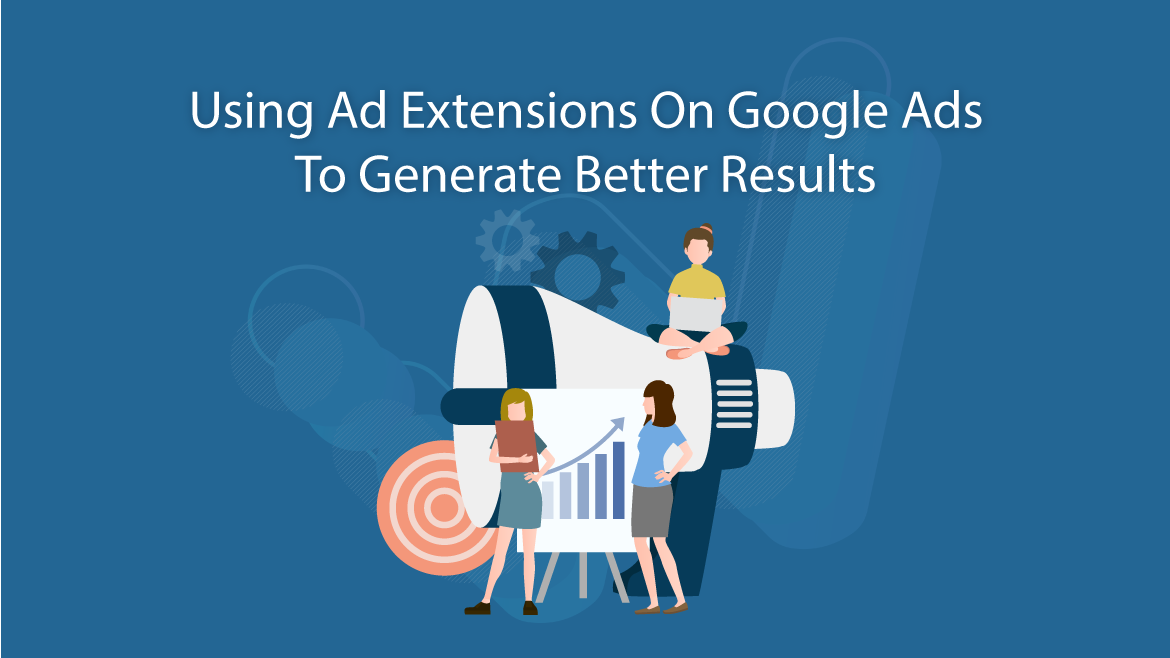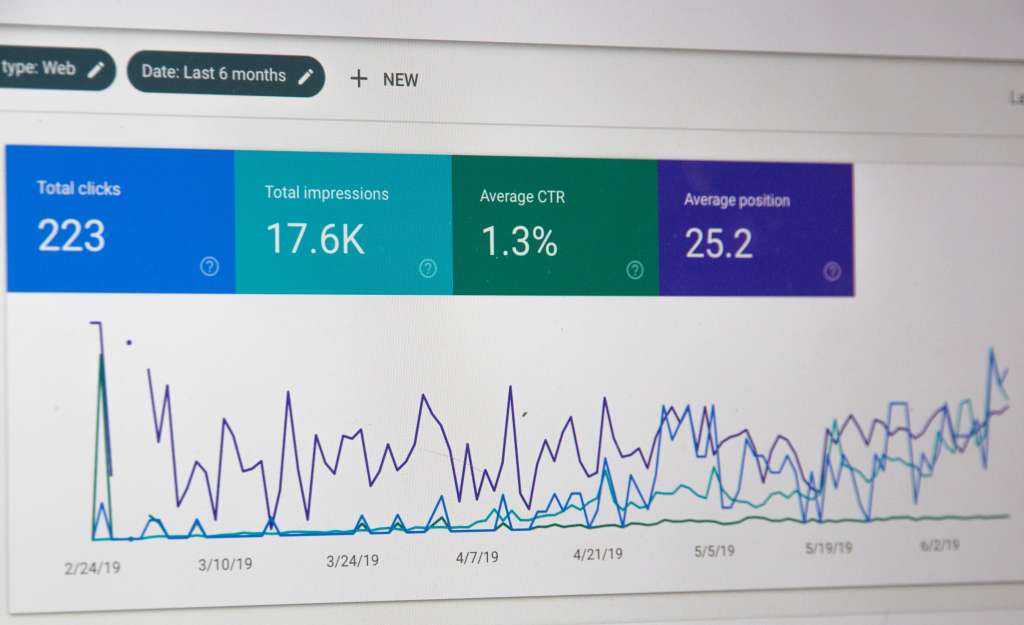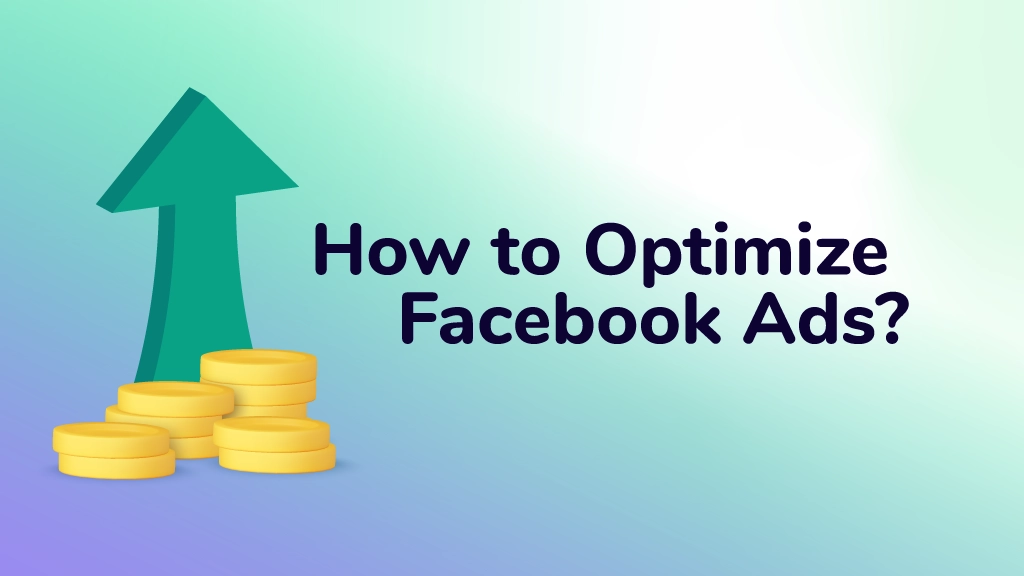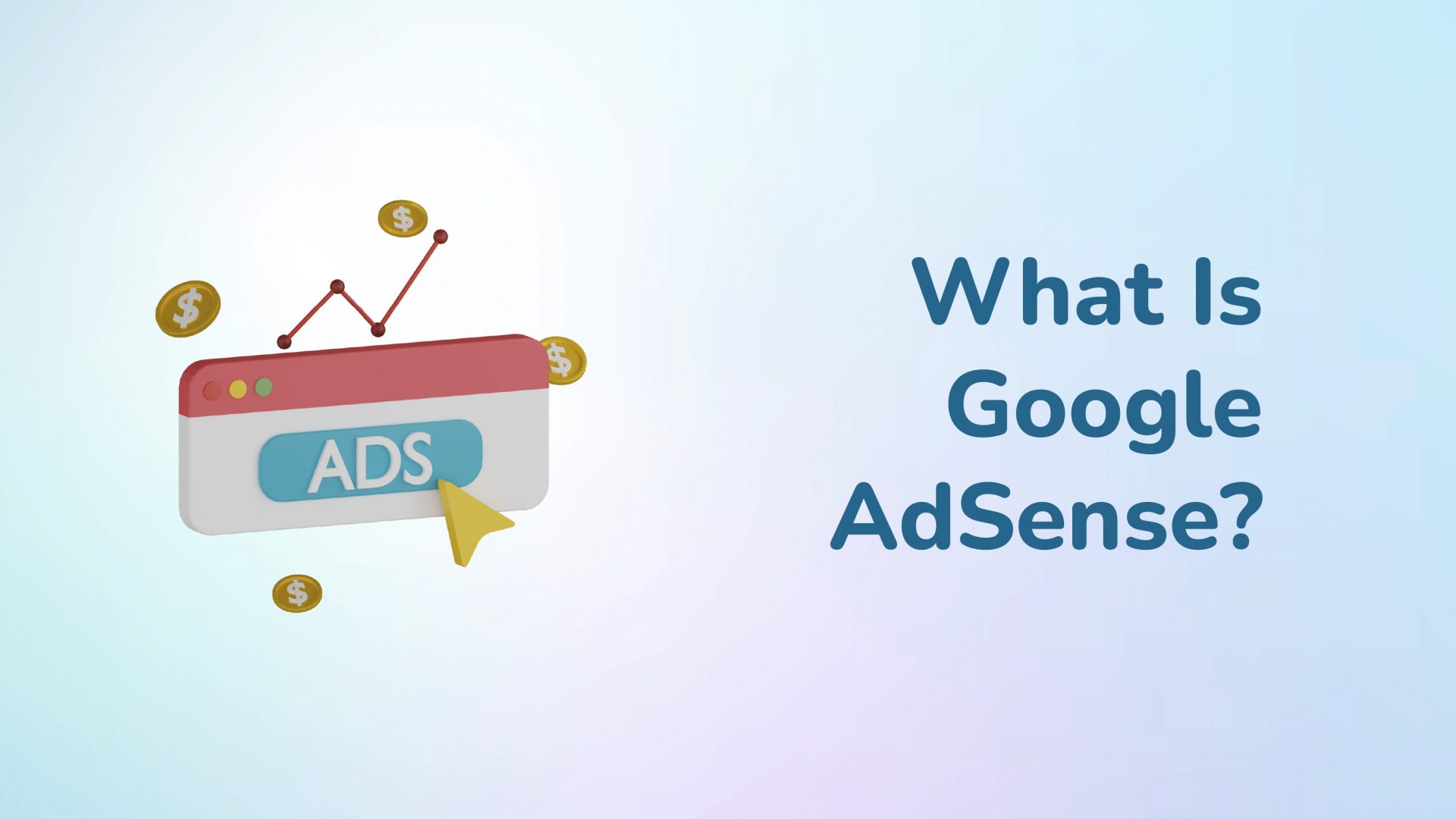Using Ad Extensions on Google Ads to Generate Better Results

Google Ads Ad Extensions, whose benefits are still unknown to many advertisers, have a lot of impact on the ad space today. In fact, your ads are missing a lot without using ad extensions. With Google reporting an average 10-15% increase in clickthrough rate as a result of ad extensions, this has become a must-have component of your ads.
The more information your ad offers, the more likely the user is to click on it, meaning it increases the click-through rate. For example, showing a location extension to a user looking for a store to visit would cause immediate action and thus is a convenient extension to be used if a business has a physical store.
Ad extensions are useful features that enhance your Google Ads by adding extra information, content, and links. It’s an extra piece of information that makes your ad more useful to readers. Vendor reviews provide information such as other links and phone numbers on your website, thus expanding your ad.
In online sales competition, decoupling from competitors is not an easy task. Fortunately, including ad extensions in your Google ads can help better meet your business goals by adding an advantage to your ad campaign.
Adding more information about your business through ad extensions can make your ad more visible, resulting in more clicks and higher return on investment. Moreover, it will cost you nothing because it is completely free to use ad extensions.
While there are many benefits to implementing ad extensions, the most important is that they provide extra, useful information, making your ads more relevant to users. As a result, you get more clicks, phone calls and other valuable user interactions. It’s important to test and see the extensions that work the best for your business.
This means getting better ad performance and higher clickthrough rates with ease. When your ads perform better, you get a higher quality score, which means lower costs and better ad placements to unlock more conversions. A guide to using ad extensions in Google ads for better results:
What Is Ad Extension?
Google Ads Ad Extensions allow you to provide other information that you might miss mentioning in your ad message. The large number of ad extensions available allows you to allocate information appropriately, such as a review extension to show user reviews, a phone extension to ensure that your business is searched.
It affects your ad ranking. Adding ad extensions affects both your clickthrough rate and your quality score, as your ad relevance eventually improves ad ranking. You can make your ad more original with your business details such as phone number. Such informed details allow users to increase your confidence.
If you’re new to marketing with Google Ads, you may not be familiar with ad extensions. Extensions “extend” your ad by allowing you to add more relevant information. Some extensions even provide new ways for people to interact with ad content.
Adding more information is always good because it gives potential customers more opportunity to explain why it would be good for them to shop with you. Extensions can also physically enlarge your ad, and this makes your ad even more visible on SERPs.
How Ad Extensions Improve Performance?
Traditional search decals can be very small and limited. You have little room to pass on information about your company and its products or services. So when your ads are bigger and contain more information and ways to interact, better performance is practically a guarantee.
Most ad extensions increase click rates by at least a few percentage more. This is a notable increase, which means better overall performance and results. When ads encounter higher clickthrough rates, other important criteria, such as quality score, rise and your cost per click drops.
How to Create Ad Extensions?
One of the main advantages of ad extensions is better performance, the secondary benefit is the ease of use of ad extensions.
From the Google Ads Control Panel, click the “ads and Extensions” tab. From there, a list of all possible different ad extensions is displayed in the” Extensions ” menu. Clicking on any option provides more detail about what is needed to add the extension to your ads. (Some ad extensions require you to connect a Google My Business account. If you haven’t set that up yet, there will be a few extra steps in the process.)
Keep in mind that adding extensions to your campaigns does not mean that your ads will always appear with added information and features. Google Ads uses an algorithm to determine which extensions to use and when.
Therefore, it is wise to enable at least 4 different extensions that are relevant to your ads. This will increase your chances of Google choosing to improve your ad messages with extensions.
After logging into Google Ads, use the following order to create extensions:
- Select your campaign or ad group.
- Click the “ads and Extensions” tab on the left, the “Extensions” tab on the top, and then the large “+” sign to create a new extension.
- From the drop-down menu that appears, select the extension you want to create (hovering over each extension shows a brief description of what it does).
- Customize each type of extension you want to install (Google will provide a preview of your ad when you create the ad), and then click “Save.”







Thanks for the article post.Really thank you! Want more.
Thanks, stay tuned!